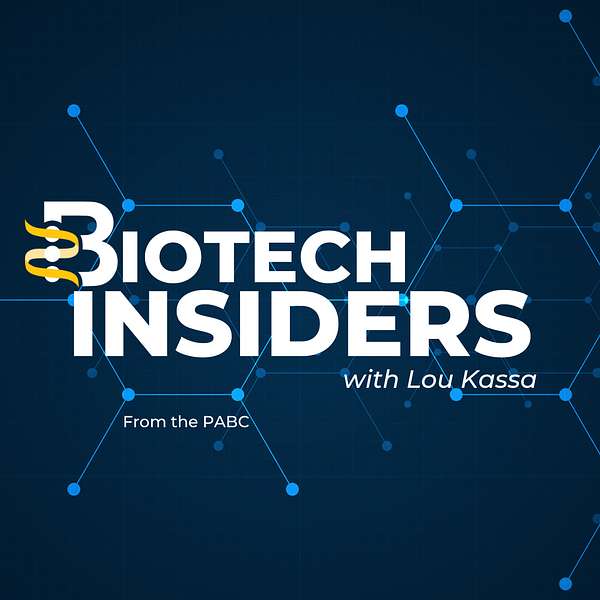
Biotech Insiders
The Pennsylvania Biotechnology Center (PABC) is a nonprofit life sciences incubator dedicated to the creation of a world-class biotechnology center; to the promotion of regional economic development and job creation; and to the education and training of tomorrow’s researchers.
More here: https://www.pabiotechbc.org
Biotech Insiders
Be Bold, Take Action
Hear from Lou Kassa, CEO of the Hepatitis B Foundation, Blumberg Institute and PABC, and Dr. Chari Cohen, president of the Hepatitis B Foundation, as they discuss potential and actual federal cuts and how they could affect the life sciences, nonprofits and much more.
In the second half Ed Tate, head of communications, talks with Emma Dolen, PhD student at Harvard University, about her social media post about the federal cuts that went viral.
A snippet of Emma’s social media post:
As major news outlets seem to be focused on other stories recently (Kendrick vs. Drake feud anyone?), I wanted to draw attention to a decision that the federal government made on Friday, Feb. 7 that directly impacts my life and will soon impact yours. On that day, the NIH under the new administration decided to cap indirect research costs at 15%. Okay, so what does this mean and why should we care?
Many biomedical research projects in the U.S. are funded by the NIH. When a researcher applies for an NIH grant (an extremely competitive process) and gets funded, the specific lab and project gets that money to conduct the specific research. This is known as direct research costs. In addition, the institution where the research is conducted gets more money on top of that. These additional funds go towards electricity, janitorial staff, compliance, accounting, safety measures and more. These are called indirect research costs. Currently, the NIH and institutions negotiate on how much indirect research costs the institution will get with their grants. This number can range from 10% to 70% depending on the institution. So, for example, if a researcher gets a $100 grant from the NIH, they get $100 of direct costs for their particular project, and their institution gets an additional $10-70 of indirect costs on top of that, effectively resulting in $110-170 of research funding. Now, after the federal government's decision, that number will be capped at 15%. This will impact all NIH-funded research institutions, but as I do not know the financial details of every school and institute, I will tell you how it will affect me:
I am a PhD student at Harvard researching a protein implicated in brain cancers such as glioblastoma and pediatric gliomas. The goal of my project is to learn more about a particular protein that we think has the potential to be a target for brain cancer drugs. I have built tools to accelerate the research of this protein and learned about how it works. One of the tools I have built will allow my lab and others to more easily search for drugs that will work on this protein and hopefully kill brain cancer cells in patients. That work is in jeopardy…